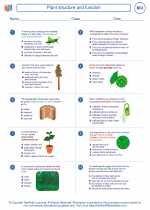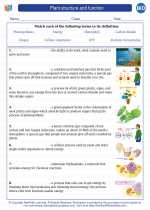Structure and Function
The adenoids are similar to the tonsils and are part of the body's first line of defense against ingested or inhaled pathogens. They contain immune cells, such as lymphocytes and macrophages, which help to trap and destroy bacteria and viruses that enter the body through the nose and mouth.Role in the Immune System
The adenoids play a crucial role in the immune response, particularly in children. They help to fight off infections and play a role in the development of the immune system. As children grow older, the adenoids typically shrink and may become less active as other parts of the immune system mature.Adenoiditis
Adenoiditis is the inflammation of the adenoids, often due to an infection. Symptoms may include difficulty breathing through the nose, snoring, or recurrent ear infections. In severe cases, adenoiditis may require medical intervention, such as the surgical removal of the adenoids.Study Guide
Here are some key points to remember when studying adenoids:- Adenoids are located at the back of the throat, behind the nose.
- They are part of the immune system and help to protect the body from infections.
- Adenoids contain immune cells, such as lymphocytes and macrophages.
- Adenoiditis is the inflammation of the adenoids, often due to an infection.
◂Biology Worksheets and Study Guides High School. Plant structure and function
Worksheet/Answer key Plant structure and function
Plant structure and function  Worksheet/Answer key
Worksheet/Answer key Plant structure and function
Plant structure and function  Worksheet/Answer key
Worksheet/Answer key Plant structure and function
Plant structure and function  Worksheet/Answer key
Worksheet/Answer key Plant structure and function
Plant structure and function  Vocabulary/Answer key
Vocabulary/Answer key Plant structure and function
Plant structure and function  Vocabulary/Answer key
Vocabulary/Answer key Plant structure and function
Plant structure and function 

 Worksheet/Answer key
Worksheet/Answer key
 Worksheet/Answer key
Worksheet/Answer key
 Worksheet/Answer key
Worksheet/Answer key
 Vocabulary/Answer key
Vocabulary/Answer key
 Vocabulary/Answer key
Vocabulary/Answer key

The resources above cover the following skills:
Concepts of Life Science (SC1, SC2, SC3)
The student demonstrates an understanding of the structure, function, behavior, development, life cycles, and diversity of living organisms by describing the structure-function relationship